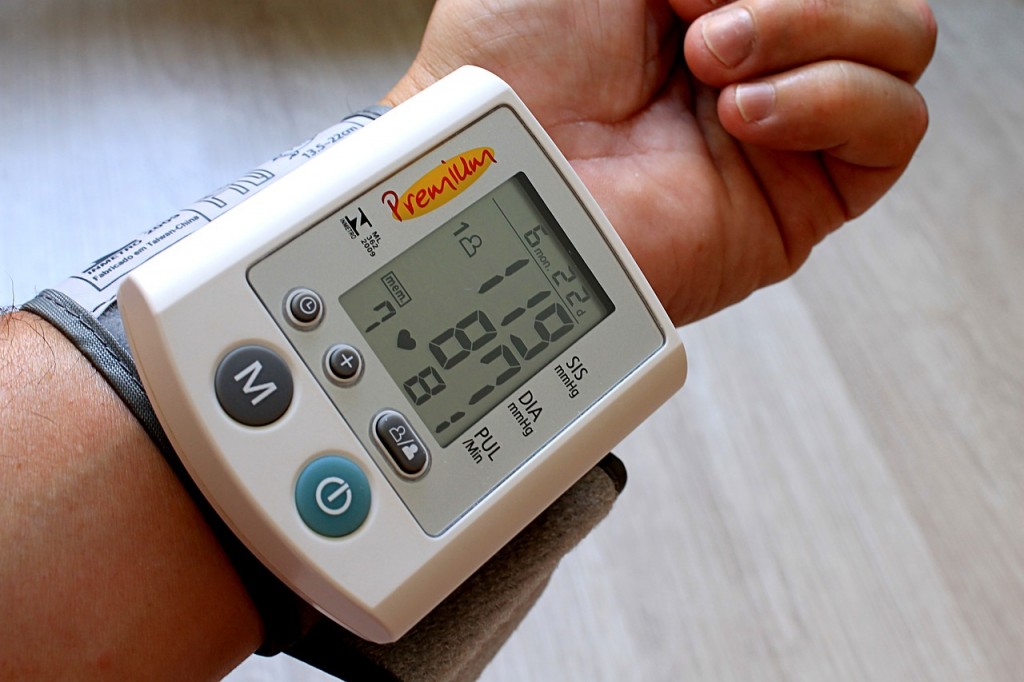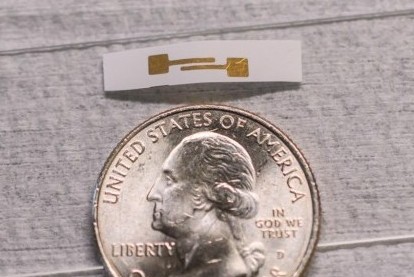November 2011 - A recent study has found that a childhood behavioral intervention to lower dietary intake of total fat and saturated fat and increase consumption of foods that are good sources of dietary fiber resulted in significantly lower fasting plasma glucose levels and lower systolic blood pressure when study participants were re-evaluated in young adulthood.
The study was accepted for publication in The Endocrine Society's Journal of Clinical Endocrinology and Metabolism (JCEM).
A Western dietary pattern high in total fat and saturated fatty acids and refined grains is associated with an increased risk of the metabolic syndrome, a cluster of metabolic abnormalities that include abdominal obesity, low levels of high-density lipoprotein cholesterol (sometimes considered "good cholesterol"), higher levels of triglycerides and blood glucose, and elevated blood pressure. This study evaluated the long-term effects of a dietary intervention to reduce fat and increase fiber intake during childhood on components of the metabolic syndrome in young adult women.
"This research is important because it suggests that modest reductions in total fat and saturated fat intake and increased consumption of dietary fiber during childhood and adolescence may have beneficial effects later in life by decreasing risk of chronic diseases such as diabetes and heart disease," said Joanne Dorgan, PhD, of Fox Chase Cancer Center in Philadelphia, PA and lead author of the study.
In this study, researchers evaluated 230 women between the ages of 25 and 29 years, who nine years before the current study participated in the Dietary Intervention Study in Children (DISC). DISC was a randomized controlled clinical trial of a reduced-fat dietary intervention that strived to limit fat intake to 28 percent of daily caloric intake and increase dietary fiber intake by encouraging consumption of fruits, vegetables and whole grains. The current study was conducted among females who had participated in the DISC trial to determine the longer-term effects of the DISC intervention.
Researchers measured body composition of study participants using whole body dual-energy x-ray absorptiometry (DXA) scans. Blood pressure was measured using automatic blood pressure monitors and blood samples were analyzed to assess levels of plasma glucose, cholesterol and triglycerides.
"Few participants in our follow-up study met the criteria for metabolic syndrome, however the intervention group had statistically significant lower mean systolic blood pressure and fasting plasma glucose levels compared to the control group," said Dorgan. "Significant differences at the follow-up visit, but not earlier, suggest that adolescent diet may have long-term effects on age-related changes in blood pressure and glycemic control that begin to become apparent in young adulthood. Longer follow-up studies of DISC participants are needed to determine if the differences found in this study persist or widen with increasing age."
Other researchers working on the study include: Lea Liu of Clinical Trials & Surveys Corporation in Owings Mills, MD; Bruce Barton of the University of Massachusetts in Shrewsbury; Snehal Deshmukh of Fox Chase Cancer Center; Linda Snetselaar of the University of Iowa in Iowa City; Linda Van Horn of Northwestern University in Chicago, IL; Victor Stevens of Kaiser Permanente Center for Health Research in Portland, OR; Alan Robson of Children's Hospital in New Orleans, LA; Norman Lasser of the New Jersey Medical School in Newark; John Himes of the University of Minnesota in Minneapolis; John Shepherd of the University of California San Francisco; Ray Pourfarzib of LipoScience Inc. in Raleigh, NC; Kelley Pettee Gabriel of the University of Texas in Austin; Andrea Kriska of the University of Pittsburgh in PA; and Peter Kwiterovich, Jr. of Johns Hopkins Hospital in Baltimore, MD.
The article, "Adolescent Diet and Metabolic Syndrome in Young Women: Results of the Dietary Intervention Study in Children (DISC) Follow-Up Study," appears in the December 2011 issue of JCEM.
Source: The Endocrine Society











